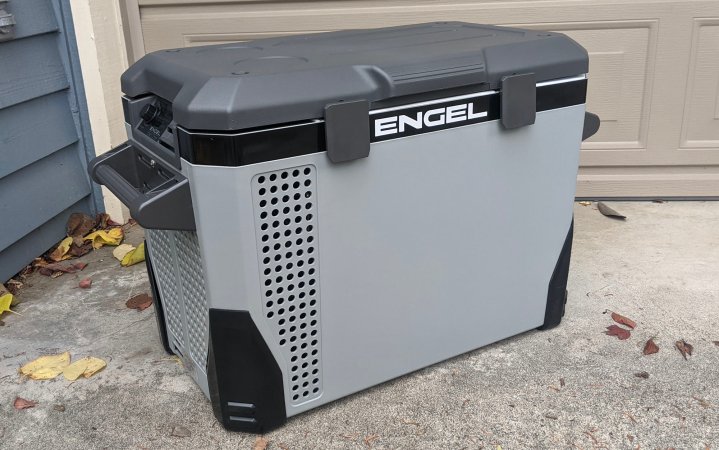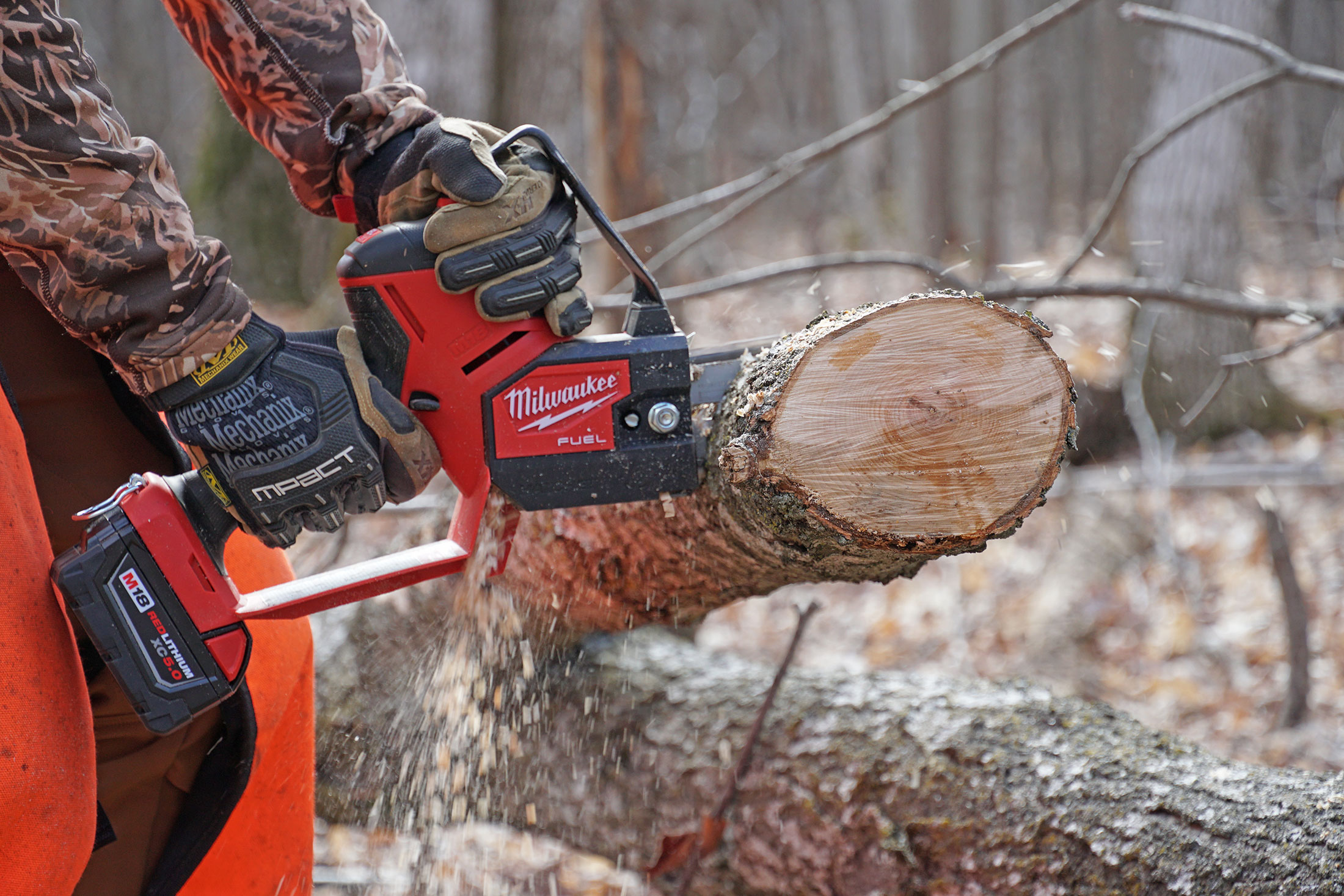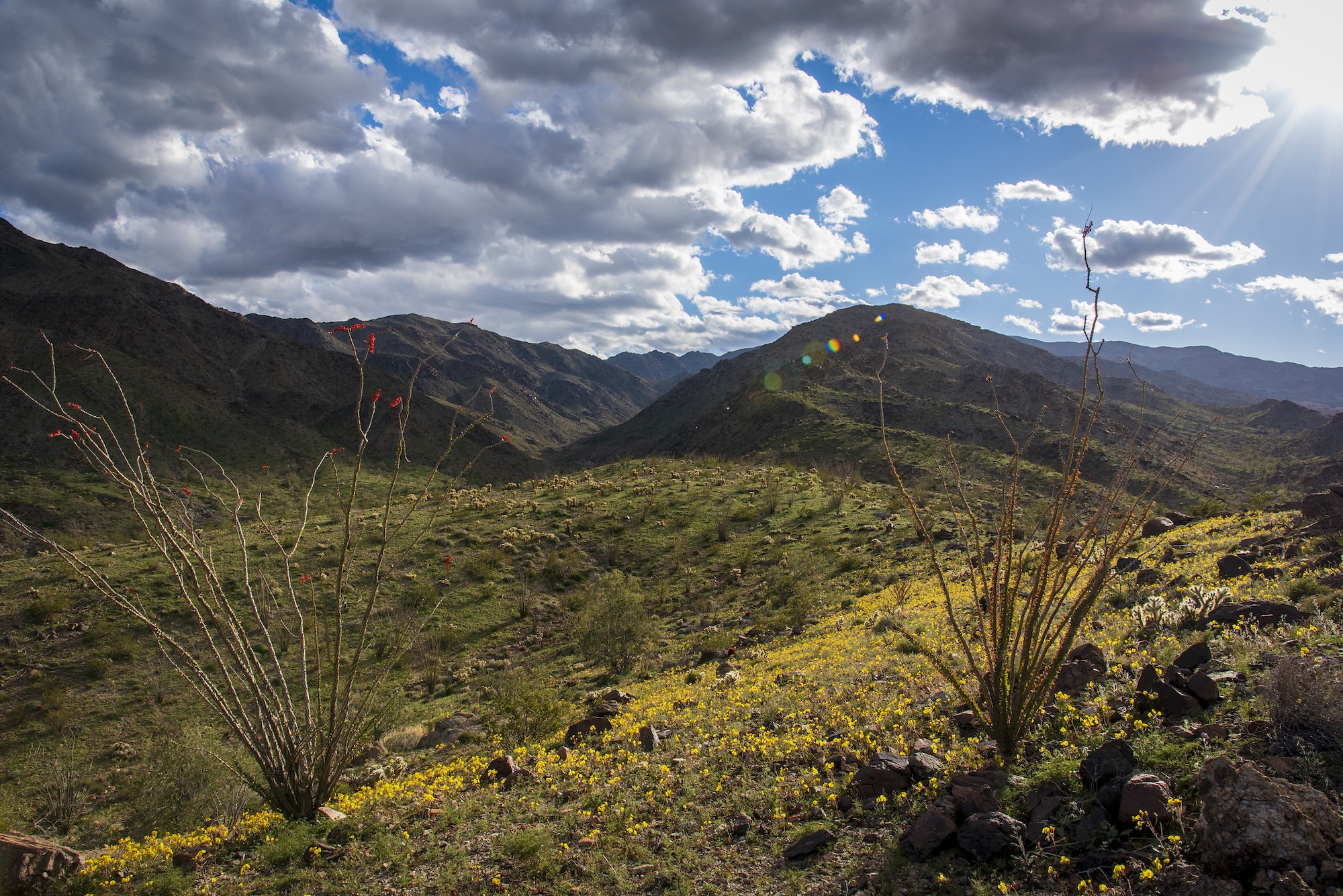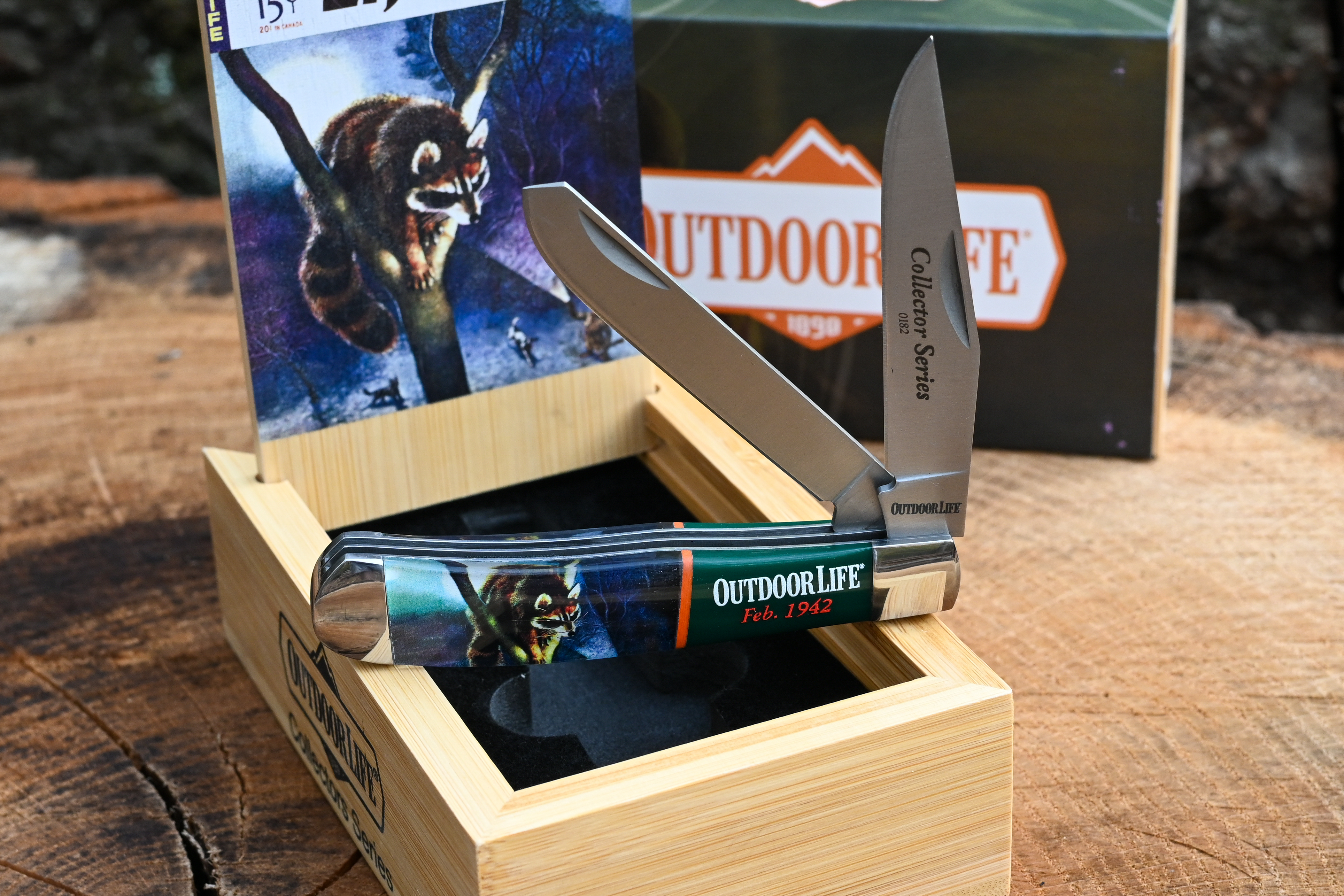The Best Electric Coolers: Tested and Reviewed

We may earn revenue from the products available on this page and participate in affiliate programs. Learn More ›
If you’ve been slowly updating your overlanding or camping setup, chances are you’ve considered the merits of an electric cooler. These are essentially mini fridges, but designed for energy efficiency and rugged outdoor use; In most cases, you can also use them as freezers. While electric coolers typically run off of external power stations, if you’ve already dialed in your backcountry setup to run off of 12V, there is the option to power these with the cigarette lighter port. All this makes electric coolers perfect for keeping your perishables chilled for the long haul, whether you’re facing a power outage or heading out for a week off the grid. But like so many pricey gear upgrades, there is a lot to dig into when comparing the relative performance and price. To help you choose, I ran side by side tests of the best electric coolers from Dometic, Bodega, EcoFlow, Bluetti, Goal Zero, and Engel.
| Electric Cooler | Price | Warranty | Weight | Internal Battery | Lowest Temp | Zones | Voltage |
|---|---|---|---|---|---|---|---|
| Bluetti MultiCooler | $1,000 | 2 Years | 52.9 lbs | Optional | -4° F | 2 | 12/24V DC or 100/240V AC |
| Bodega QZW 48 | $450 | 2 years (compressor) 1 year (all other parts) | 35.7 lbs | No | -4° F | 1 | 12/24V DC or 100/240V AC |
| Dometic CFX2 45 | $800 | 5 Years | 43.4 lbs | No | -7° F | 1 | 12/24V DC or 100/240V AC |
| EcoFlow Glacier | $1,100 | 1 Year | 50.7 lbs | Optional | -13° F | 2 | 12/24V DC or 100/240V AC |
| Engel MR040 | $900 | 3 Years | 55 lbs | No | -5° F | 1 | 12/24V DC or 110/120V AC |
| Goal Zero Alta 50 | $800 | 2 Years | 49.4 lbs | No | -4° F | 1 | 12/24V DC or 100/240V AC |
How I Tested the Best Electric Coolers
I first tested how long it took each electric cooler to reach an internal temperature of 0 degrees Fahrenheit, and how much energy was used in the process. While this is significantly colder than most people will want to keep their beer at, the more extreme end of the spectrum gives us better insight into their comparative efficiency. As part of this, I also measured how much energy each used with a Kill-a-Watt. I then ran each cooler for a total of four hours to see how much total energy it used during that time. All testing was conducted indoors at an ambient temperature of 70 to 72 Fahrenheit. Because I was using a Kill-a-Watt, all testing was conducted using an AC power source. A DC power source should, in theory, use less power.
Where Energy Star ratings were provided by manufacturers, I have included that info below. While this number is for year-round use, which is not how most people will use this product, it still provides another useful data point for performance comparison.
Finally, I tested how many cans could fit into each cooler, when stacked whichever way was most efficient for each cooler.
Testing Results
*The Engel MR040 does not have a panel displaying the internal temperature; as such, I set it to the lowest setting which should have been -5° F
Where USB ports or bluetooth apps were available, I have noted in my review. However, both of these features, in my opinion, needlessly drain power from electric coolers and other appliances; as such, I did not factor them in my rankings.
Best Electric Coolers: Reviews & Recommendations
Best Overall: Goal Zero Alta 50
Buy from Amazon
Pros
- Easy to use and intuitive controls
- One of the more energy efficient models that I tested
- The larger version can be used as a fridge and freezer simultaneously
Cons
- Can’t see the sleek exterior when you use the cover
Key Features
-
Price
$800 -
Weight
49.4 pounds -
Compartments
2 (1 zone) -
Temp Range
-4° F to 68° F -
Voltage
12/24 DC or 100/240V AC -
Additional Features
Insulated cover, two baskets, DC and AC cables, EU-style AC cable, and app enabled -
Additional Sizes
Alta 80
Test Results
-
Time to Reach 0° F:
51 minutes -
Energy Draw to Reach 0° F
30 watt hours -
Total Energy Draw after 4 Hours
90 watt hours -
Capacity
64 cans (tested), 75 cans (claimed)
As luck would have it, a bomb cyclone ripped through my city the day after I finished testing the best electric coolers. After a few hours of the lights flickering, the power finally popped off. Out of an abundance of caution, we decided to transfer the contents of our freezer to one of the models I had tested, using one of the best portable power stations to keep it going overnight.
For this task, I picked the Goal Zero Alta 50. There were a few reasons for this. I knew from testing that it was one of the more energy efficient models, ideal when you don’t know how long you’re going to need the cooler for. Next, it was one of the easier electric coolers in my test to use, with clear, simple controls without a lot of fanfare.
The last thing I wanted to do was cross-check with a manual as to what some obscure code meant, or try to remember what steps I needed to take to unlock a cooler, while sitting in the dark with a flashlight. Our power came back on in the middle of the night, but the cooler was still going strong when I checked on it in the morning, and everything inside was still frozen.
I tested the Alta 50, but the Goal Zero Alta also comes in a larger size (the Alta 80) that would allow you to use it as both a fridge and a freezer. Like other coolers, this one comes with an app that would allow you to remotely check, or even change, the temperature.
Best Value: Bodega QZW 48
Buy from Bodega
Pros
- Affordable
- Energy efficient
Cons
- Less sleek looking than other options
- No internal baskets
Key Features
-
Price
$450 -
Weight
35.7 pounds -
Compartments
2 (1 zone) -
Temp Range
-4° F to 68° F -
Voltage
12/24V DC or 100/240V AC -
Additional Features
DC and AC cables, bottle opener, cutting board, cup holders, wheels, and app enabled -
Additional Sizes
50 QT and 61 QT
Test Results
-
Time to Reach 0° F
45 minutes -
Energy Draw to Reach 0° F
20 watt hours -
Total Energy Draw after 4 Hours
90 watt hours -
Capacity
70 cans (tested), 40 quarts (claimed)
The Bodega QZW 48 was one of the lowest priced electric coolers that I called in, which I assumed meant that it would either take longer to cool off or be an energy hog. Neither turned out to be the case. During testing it used the least amount of energy to drop the internal temperature to 0 degrees, and it matched the overall energy usage of my best overall pick after four hours, despite having a slightly larger internal capacity.
Part of why it had more internal capacity than the others I tested was that it didn’t have any internal wire baskets. These baskets are helpful because they help you find what you’re fishing around in your cooler for faster, minimizing the amount of cold air that escapes.
While that’s the only objective con to the Bodgea QZW 48, there are a few subjective ones. Compared to the other electric coolers I looked at, the Bodega didn’t look especially sleek. If you’re on the hunt for an electric cooler, odds are you are attuned to the aesthetics of your camping setup. And the look and feel of the Bodega, which is very plastic-y, is probably not what you had in mind.
Similar to other companies that have proliferated in our Amazon/AliExpress era of late-stage capitalism, Bodega Coolers web presence is a little lackluster. They have a customer support page with plenty of options for reaching out to them, but the comments section is littered with people requesting help after their initial attempts to reach out went unanswered.
Best Features: EcoFlow Glacier
Buy from EcoFlow
Pros
- Can be paired with an integrated battery (sold separately)
- Intuitive to use
- Integrated ice maker is fun
- Can alternate between a single and double compartment
Cons
- Expensive (unless you get it on sale)
- Not as energy efficient as others that I looked at
- Non-standard cords
- Potential for extra water in the ice-making panel to get on exposed electronics
Key Features
-
Price
$1,100 -
Weight
50.1 pounds -
Compartments
2 (2 zones) -
Temp Range
-13° F to 50° F -
Voltage
12/24V DC or 100/240 AC -
Additional Features
Integrated ice maker, ice shovel, two baskets, DC and AC cables, app enabled, wheels (sold separately), and integrated battery compatible
Test Results
-
Time to Reach 0° F
43 minutes -
Energy Draw to Reach 0° F
60 watt hours -
Total Energy Draw after 4 Hours
150 watt hours -
Capacity
36 cans (tested), 60 (claimed)
The EcoFlow Glacier is a joy to use. It looks sleek. The controls are intuitive. The internal compartment can be separated and dialed into two separate temperatures if you want. It was one of two electric coolers that had an ice maker, which was fun (if loud) to use. I also liked that you had the option to add an external battery directly to the cooler itself, which is handy if you are only planning to take the cooler out for a day at the beach.
There are some downsides to the EcoFlow Glacier. The biggest one is that it was significantly less efficient than other models I looked at, taking longer to come down to temperature and using more energy in the process. But that’s only an issue if you need to be mindful of your energy expenditure, such as in a power outage or when camping off grid. The other issue is that its internal capacity, when you use the internal divider and the provided baskets, is somewhat limited, much less than the 60-can capacity advertised.
I tested the icemaker on both the EcoFlow and the Bluetti, and came away impressed with the EcoFlow’s performance. While the ice cubes it produced aren’t exactly traditional in appearance, they come out fully separate from each other, which makes it a lot easier to plop them into a mixed drink. Just keep in mind that this feature, unsurprisingly, uses a ton of energy.
One final note on the icemaker. Because of the way the cooler is designed, if there is water in the icemaking feature that was unused and you tilt Glacier on its side — such as you would do to move it — there is the potential for water from the icemaker to fall out. Be sure to drain the icemaker before transporting it.
Fastest Cooling: Dometic CFX2 45
Laura Lancaster
Buy from Dometic
Pros
- Energy efficient
- Great warranty
- Cooled the fastest of anything in my test
Cons
- Lack of clear instructions
- Control panel is confusing
Key Features
-
Price
$800 -
Weight
43.4 pounds -
Compartments
2 (1 zone) -
Temp Range
-7° F to 68° F -
Voltage
12/24V DC or 100/240V AC -
Additional Features
One basket, DC and AC cables, app enabled, and USB port
Tested Results
-
Time to Reach 0° F
32 minutes -
Energy Draw to Reach 0° F
30 watt hours -
Total Energy Draw after 4 Hours
100 watt hours -
Capacity
65 cans (tested), 60 cans (claimed)
Despite having the second largest measured capacity in my test, the Dometic CFX2 45 cooled down faster than anything else that I looked at, and it wasn’t even close. If you need to cool down your food in a hurry, that kind of performance is invaluable. And in this case, the Dometic didn’t even use appreciatively more power to accomplish this, coming in a close third behind my best overall and best value picks.
Where I struggled with the Dometic CFX2 45 is with the control panel. Even after flipping through the various settings and consulting every hardcopy and online guide I could find, I’m still at a loss for what some of these features are for, and if they’re important to using the cooler.
Part of this is that the minimal control panel is relying on a lot of shorthand to use the electric cooler. Part of this is that the instruction manual uses as few words as possible, which would be useful for non-English speakers if I could make heads or tails of it. Another part is that Dometic allows for a lot of customization of their coolers. If you’re already tuned into what this shorthand is, this probably won’t pose any issues for you. But if you’re new to Dometic products or electric coolers or both it’s an unnecessary aggravation.
Engel MR040
Laura Lancaster 
Buy from Amazon
Pros
- Good warranty
- Simple to use
Cons
- Not as energy efficient as other models I looked at
- Somewhat expensive
Key Features
-
Price
$900 -
Weight
55 pounds -
Compartments
1 (1 zone) -
Temp Range
-5° F to 45° F -
Voltage
12/24V DC or 110/120V AC -
Additional Features
One basket, DC and AC cables
Test Results
-
Time to Reach 0° F
51 minutes -
Energy Draw to Reach 0° F
40 watt hours -
Total Energy Draw after 4 Hours
130 watt hours -
Capacity
60 cans (tested), 40 quarts (claimed)
If some of the electric coolers that I tested overdid it with their touchscreen control panels and bluetooth-enabled apps, the Engel MR040 ran in the opposite direction. It has only a single dial, which runs from -5° F (freezing) to 45 degrees Fahrenheit. The only indication you get that the cooler is even on when the compressor is off is a small green light.
I appreciate electronics that have a minimum of moving parts, but in this case, it did make it more difficult to create a comparative test. Because there was no way to set the cooler to 0° F degrees, I opted instead to set the cooler to its lowest setting, which should have been -5° F. Then to judge when it had reached that temp, I waited to see when the compressor turned off. In the end, it took over an hour, by far the longest time in my test. That being said, it used less energy than coolers that were more feature-rich, even to hit that lower temperature.
Grab the Engel MR040 if minimizing the number of electronics that could potentially break in your cooler is your highest priority. Otherwise, either my best overall or best value pick costs less money, has similar warranties, and uses less power to achieve the same result.
Bluetti MultiCooler
Buy from Bluetti
Pros
- Can be paired with an integrated battery (sold separately)
Cons
- Touchscreen is more frustrating than physical buttons
- Takes some effort to close the top lid
- Expensive
Key Features
-
Price
$1,000 -
Weight
52.9 pounds -
Compartments
2 (1 zone) -
Temp Range
-4° F to 68° F -
Voltage
12/24V DC or 100/240V AC -
Additional Features
Integrated ice maker, ice shovel, two baskets, DC and AC cables, USB ports, app enabled, wheels, and integrated battery compatible
Test Results
-
Time to Reach 0° F
50 minutes -
Energy Draw to Reach 0° F
50 watt hours -
Total Energy Draw after 4 Hours
120 watt hours -
Capacity
54 cans (tested), 42 quarts (claimed)
At first glance, the Bluetti MultiCooler closely resembles the EcoFlow Glacier. Both have icemakers and robust wheels and haul handles. Both are expensive and bulky, and, frankly, energy hogs. But when it came to the features that would tempt someone to upgrade, the Bluetti’s features just didn’t impress as much as the EcoFlow Glacier.
One area where the Bluetti MultiCooler fell short was the touchscreen panel and the lock screen. The screen wasn’t as responsive as the physical buttons of the EcoFlow Glacier, which at times made it difficult to set the MultiCooler to the temperature I wanted. The lock screen also came on every time I stopped using the cooler for a minute or two, and it was time-consuming and unintuitive to turn it off again. I was also surprised at how difficult it was to latch the cooler door — I had to hit down on it with surprising force to fully close it.
Like the EcoFlow Glacier, the Bluetti MultiCooler has an icemaker. Unfortunately, during testing the ice cubes tended to come off as full sheets, rather than individual cubes, and they did not break apart properly. While there are different ice cube sizes available, I did not notice an appreciable size difference that recommends this feature over the EcoFlow Glacier’s.
Comparing an Electric Cooler to a Rotomolded Cooler
There are a few advantages to an electric cooler compared to a traditional ice-powered version. With electric coolers, you get excellent temperature control. You can also fill up the entire interior cavity with perishables. But the biggest one is that you don’t have to deal with ice anymore, either the mess at the bottom of your cooler or the hassle and expense of loading it up before your trip. But given how expensive electric coolers are, and how relatively cheap ice is, how many trips would you have to take before the expenses started to equalize? Let’s compare the best-in-class (and notably expensive) Yeti Roadie 48 against the cheapest electric cooler I looked at, the Bodega QZW 48.
Best-in-Class Rotomolded Cooler
| Cooler | Upfront Cost | Cost of Two 10-Pound Bags of Ice | Total Cost for One Trip | Total Cost for 50 Trips | Total Cost for 100 Trips |
|---|---|---|---|---|---|
| Yeti Roadie 48 | $400 | $8 | $408 | $800 | $1,200 |
High-Value Electric Cooler
| Cooler | Upfront Cost | Cost of a Goal Zero Yeti 700 Power Station | Cost of Electricity per Trip | Total Cost for One Trip | Total Cost for 50 Trips | Total Cost for 100 Trips |
|---|---|---|---|---|---|---|
| Bodega QZW 48 | $450 | $600 | $0.10 | $1,050.10 | $1,055 | $1,060 |
Verdict
If you already own a portable power station, or only camp in places where there is an electrical hookup, then an electric cooler might make sound financial sense. But if you’d need to purchase both to use them out in the field, then it’ll probably take decades of camping to make an electric cooler a more sound investment than a quality rotomolded one.
Read Next: The Best Coolers
What to Consider When Choosing the Best Electric Cooler
Your Camping Setup
If you’ve already invested in one of the best solar generators, then making the switch to an electric cooler is likely to be a no-brainer. But if your camping setup is a little more analog, either because of the cost of upgrading or because you prefer a more offline outdoors experience, then a great rotomolded cooler is probably what you want.
Power Options
Most people will want to run their electric coolers in two ways, either from your car’s cigarette port while driving — plan to have the cooler in the backseat so that the cord will reach — or using one the AC port on one of the best portable power stations. The size you need depends on how long you plan to be out for and if you’ll be using your power station for anything else. That said, a power station in the 1,000 watt hour range is a great place to start, and you can add on a second if it ends up being too limited.
While it is possible to run electric coolers directly from your car battery (without the engine running), and models from the likes of Dometic and Engel are designed with this in mind, I would caution against this. While the electric coolers are designed to draw a low amp from your battery, and several models would shut off if they detected the battery getting too low, the last thing you want is to overdraw your car’s battery during a power outage or when off the grid.
Temperature Control
One of the biggest performance differences between an electric cooler and a classic camping cooler is the ability to control the temperature. If you’re concerned about food safety or the crispness of your vegetables, the ability to control the temperature can make a huge difference.
Price
There is a wide range in the cost of the best electric coolers, ranging from a few hundred dollars to upwards of a thousand. Consider what features are most important to you before making a final purchase. I’d also recommend you consider the warranty and, if possible, wait for a retailer holiday like Black Friday or Amazon Prime Day.
FAQs
Electric coolers use a substantial amount of electricity compared to other electronics that people frequently bring to the backcountry, but substantially less than power-hungry appliances like air conditioners or heaters. If you plan for about 500 Wh of electricity per day you’ll be using the cooler, you’ll be in good shape. If you are camping somewhere with plenty of sunshine, one of the best portable solar panels can help extend the life of your power station. Using the DC adaptor for your power station rather than the AC adaptor can also help increase the life of your power station, as the inverters used for the AC outlets on portable power stations use up a not insubstantial amount of energy, even when it is not indicated by the power stations user panel.
An electric cooler is unlikely to harm your car battery if you only use it while the car is running. However, if you plan to use your car battery to run your electric cooler while you’re parked at the campground, you won’t get as much life out of it. There are two ways you can look at this. If you’ll be traveling every day, you can probably plan to run your electric cooler while you’re on the go and then let it go while you’re parked. If you don’t open it too often then the perishables inside should stay reasonably cool. However, if you are planning to stay in one place for more than a couple of days or you need your electric cooler to stay at an especially low temp, then you should plan to invest in a portable power station.
I was impressed during testing at how little noise the electric coolers made. If you’re a light sleeper who is planning to sleep next to one in a van, then a couple of these might wake you up, but you always have the option to turn the fridge off overnight to minimize the disruption.
Final Thoughts on the Best Electric Coolers
If you’ve been slowly upgrading your camping setup to include more creature comforts, then investing in one of the best electric coolers is a no-brainer. The ones in my test universally had great performance and used so little electricity that a normal portable power station could power it just fine. Here are my top picks after testing.
Read the full article here








